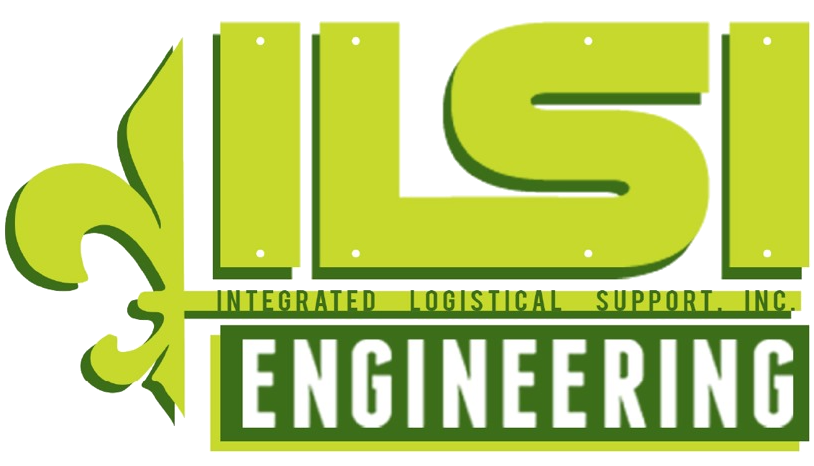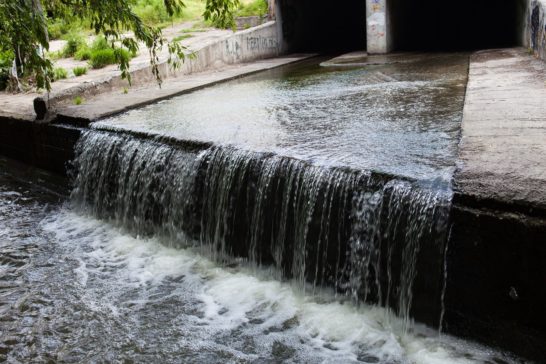Engineering Firm Discusses the Different Stormwater Management Structures Cities Can Build
When it rains, the only risk most New Orleans residents worry about is that of flooding. As local officials and engineers know, however, a deluge isn’t the only issue worth preparing for.
Urban centers are blanketed with non-porous surfaces such as roads and parking lots. When it rains, the water does not readily get absorbed, and instead goes down the sewer systems. While New Orleans’ sewer systems are equipped to handle a sudden influx of water due to strong rains, they too have their limits. Should the rainwater—also called stormwater runoff—exceed the sewer system’s capacity, the dirty water can spill onto the streets and even into bodies of water such as the Mississippi River. When this happens, both humans and sea creatures may be exposed to dangerous pathogens and chemicals.
On the other hand, even a brief episode of rain can still cause problems, because the rainwater can also carry garbage and other wastes down the sewer system. If not properly stored and treated, this dirty water can leak and contaminate nearby bodies of water too.
Managing Stormwater Runoff
As you can see, ensuring the proper management of stormwater is crucial, especially in cities like New Orleans that regularly experience rains. The good news is that there are many infrastructures that help cities manage runoff effectively. Let’s take a look at some of the options.
Detention Ponds
Detention ponds are reservoirs that are either excavated or constructed in natural depressions. They are dry for most of the year, but serve as temporary water storage sites when there is too much storm water runoff. The idea is to let water sit long enough in the pond to allow solid waste to settle at the bottom, while the water is eventually drained out of a pipe in an “outflow” structure.
Retention Ponds
Unlike a detention pond, this storm water control system retains water permanently, hence its name. Unlike the latter, its goal isn’t just to become a temporary holding site for runoff water—as the water slowly seeps into the ground, the contaminants are also removed. Hence, it controls water volume during periods of intense rain, while also improving water quality.
Infiltration Trenches
Infiltration trenches are shallow excavations that are filled with crushed stone. As the water passes through this structure, the stone naturally filters the water, which seeps deeper before reaching the water table. These are often constructed near sidewalks at parking lots to immediately catch any water that runs off from these concrete-covered surfaces.
Grass Swales
These are grassy channels where the flow of runoff is slowed down and slowly filtered. The vegetation along this stretch of land catch sediments so they do not seep into the ground and the sewer system/water table. You’ll often find this structure near roadsides and highways.
Infiltration Basin
An infiltration basin only works when constructed on permeable soil. As water passes through the soil particles, it is collected into the basin where it is temporarily held. Unlike the detention pond, infiltration basins do not have an outlet where water is slowly drained. Rather, the runoff drains naturally through the surrounding soil.
Indeed, runoff water is a problem that cities need to take seriously if they want to protect the health of their citizens and protect the environment from contaminants. Luckily, proper stormwater management can help prevent the issues brought about by runoff water. However, it’s important to note that different localities will require different management techniques.
To know which structures are recommended for your specific area, be sure to consult with a trusted engineering firm that has extensive experience in managing stormwater runoff. These experts can present various solutions that suit your specific needs and budget.
Sources:
Types of stormwater systems and how they work, www.sjrwmd.com
Stormwater Management, www.sswm.info












